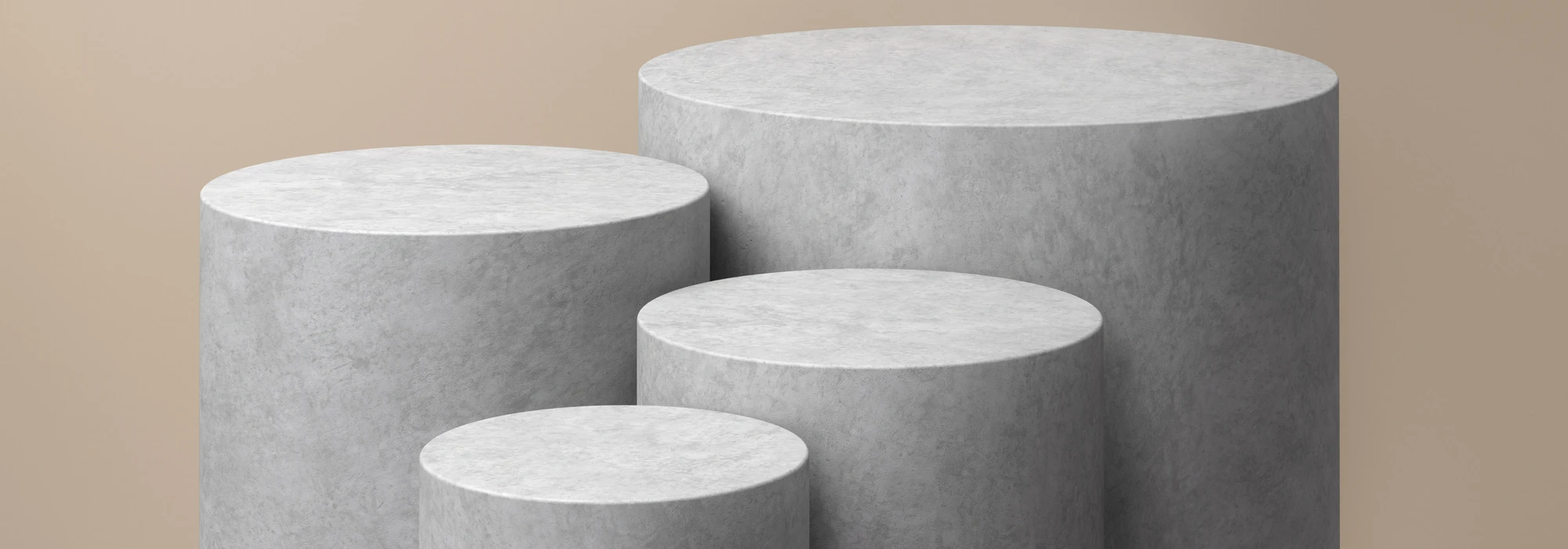Ever wondered how to calculate the surface area of a cylinder? Understanding the surface area of this three-dimensional shape is not only crucial for mathematical applications but also has real-world implications in fields such as engineering and architecture. In this beginner’s guide, we will break down the concept of surface area and provide step-by-step instructions on how to calculate it for a cylinder.
Introduction
Before we dive into the calculations, let’s understand the importance of surface area and how it relates to the properties of a cylinder. Surface area is a fundamental measurement that communicates the total area of all the faces of a three-dimensional object. In the case of a cylinder, knowing its surface area can help in determining material requirements, heat transfer, and other geometric considerations.
Overview of a Cylinder
A cylinder is a geometric solid with two parallel circular bases connected by a curved surface. Understanding the key components of a cylinder, such as the radius, height, and lateral surface, is essential for calculating its surface area.
Formula for Surface Area of a Cylinder
To calculate the surface area of a cylinder, we use a specific formula derived from its geometric properties. We will explain the formula in detail and provide a step-by-step breakdown of its derivation.
The formula for calculating the surface area \(A\) of a cylinder is given by \(A = 2\pi r(h + r)\), where \(r\) is the radius of the circular bases, and \(h\) is the height of the cylinder. This formula combines the area of the two circular bases (which is \(2\pi r^2\)) and the area of the curved surface connecting them (calculated as the circumference of the base, \(2\pi r\), times the height, \(h\)). This formula is fundamental in not only understanding the geometry of cylinders but also for practical applications requiring the measurement of the surface area.
Practical Examples
To make the concept more tangible, let’s apply the surface area formula to real-world scenarios.
Example 1: Calculating the Surface Area of a Cylindrical Container
Imagine you have a cylindrical container that is used for storing grain. The container has a radius of 4 feet and a height of 10 feet. Using the formula \(A = 2\pi r(h + r)\), where \(r\) is 4 feet and \(h\) is 10 feet, we can calculate the surface area of this cylindrical container. Substituting the values into the formula, we get \(A = 2\pi \times 4(10 + 4)\) which simplifies to \(A = 2\pi \times 4 \times 14\). Therefore, the surface area of the cylindrical container is \(A = 2\pi \times 56\) square feet.
Example 2: Determining Material for a Cylindrical Tank
Consider the construction of a cylindrical water tank with a radius of 3 meters and a height of 6 meters. To determine the amount of material needed for the outer surface of the tank, we can use our surface area formula. Plugging the given values into \(A = 2\pi r(h + r)\), we find \(A = 2\pi \times 3(6 + 3)\), simplifying to \(A = 2\pi \times 3 \times 9\). Therefore, the surface area, and thus the amount of material required for the tank, is \(A = 2\pi \times 27\) square meters.
These examples illustrate the practical application of the surface area formula in everyday scenarios, enhancing our understanding of geometry’s relevance in the real world.
Conclusion
Congratulations! You now have a solid foundation in calculating the surface area of a cylinder. Keep honing your skills by exploring more examples, attempting additional exercises, and applying your knowledge to real-world situations. This formula can be very challenging for most students, but an online math tutor can help you feel confident using this formula in many different scenarios. By understanding surface area, you are equipped with a valuable tool that can be applied to various fields of study and practical applications.
Now, it’s time to put your knowledge into action and start calculating the surface area of cylinders with confidence!






